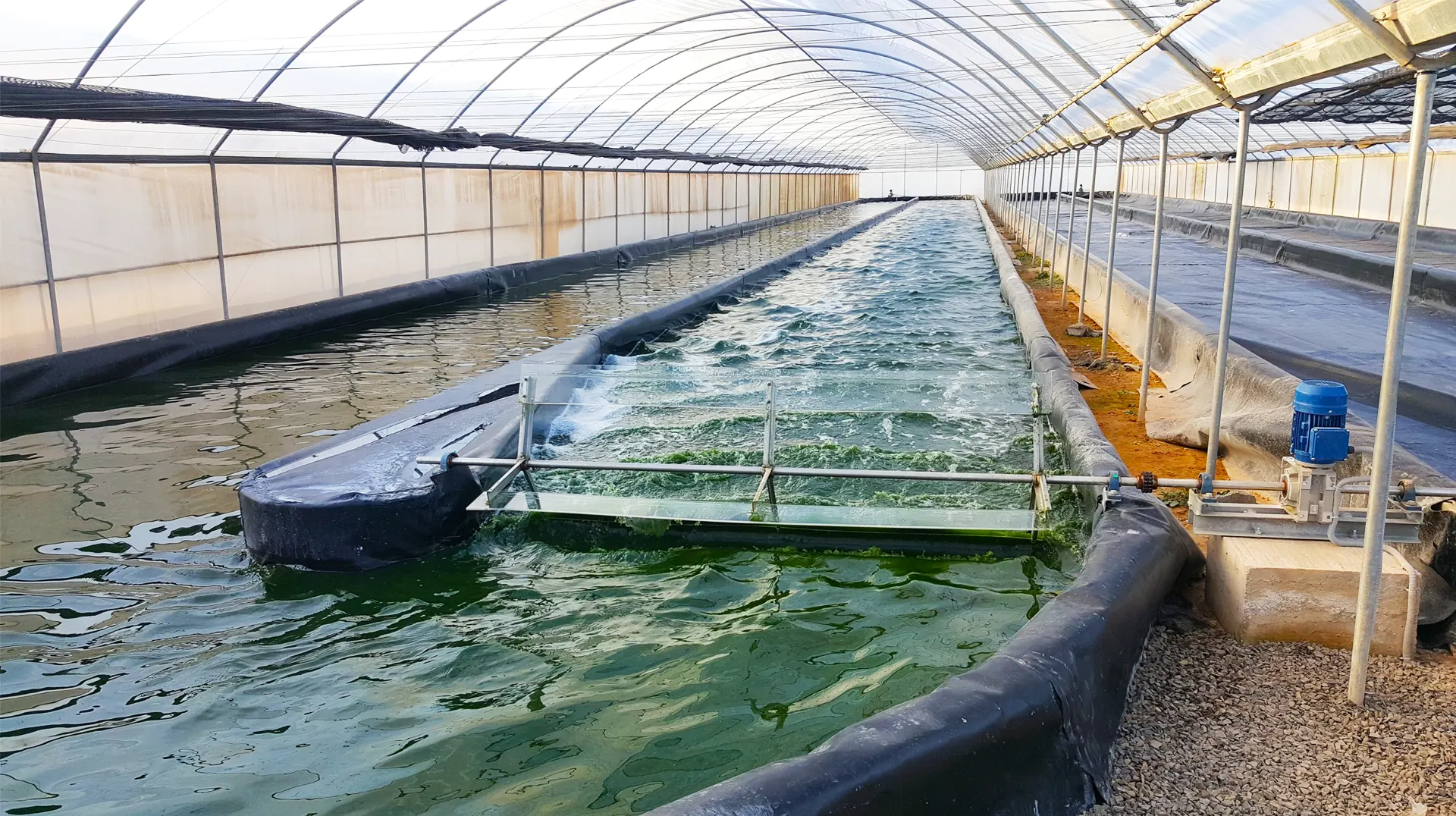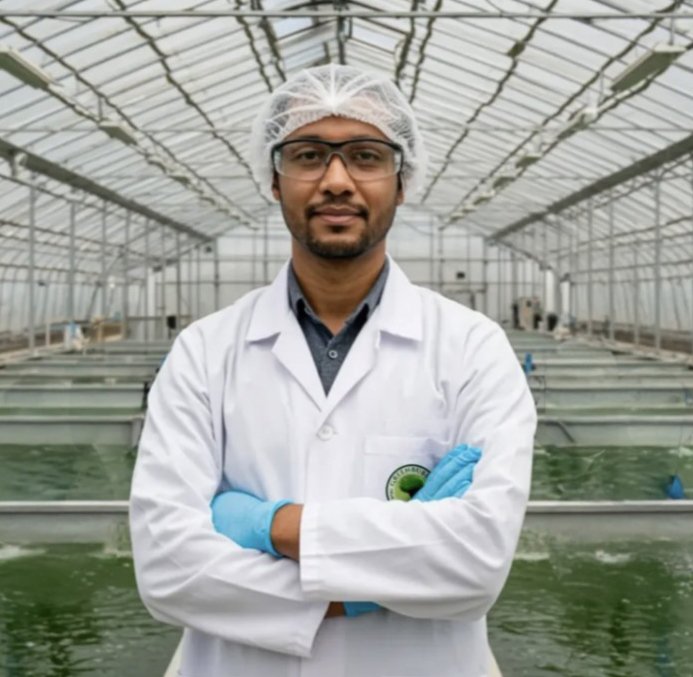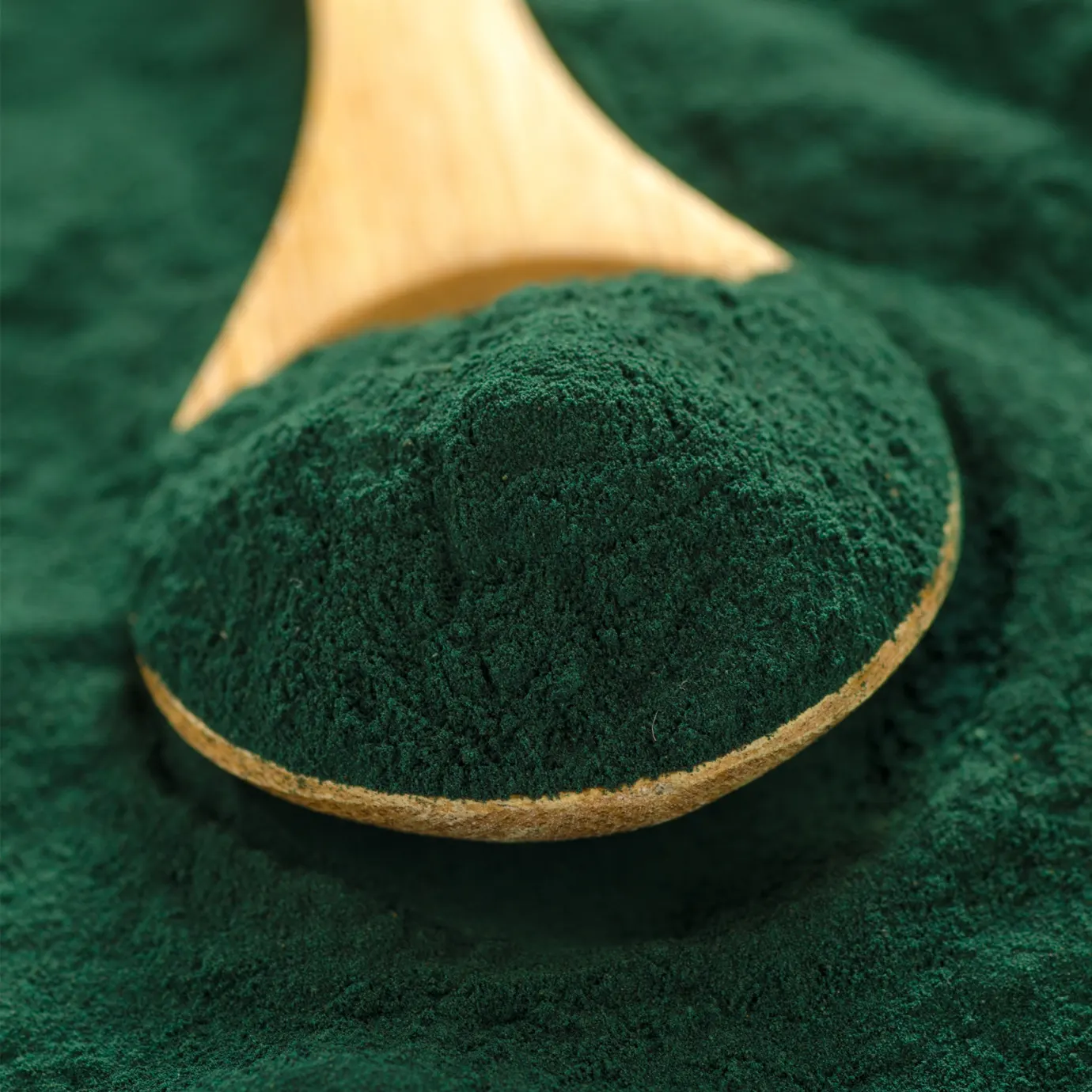Optimize Your Spirulina Farm for Maximum Profitability
Setting up a successful spirulina farming business requires precision, expertise, and strategic planning. Whether you’re scaling up an existing farm or starting fresh, our Spirulina Consultation Services help you navigate every step—from site selection and facility design to sustainable farming practices and quality control.

Spirulina Farming is More Than Just Growing Algae
Many new spirulina farmers believe that cultivation is as simple as adding nutrients and waiting for growth. However, commercial spirulina production is a highly technical process that demands:
✅ Consistent Yield & Quality
✅ Low Contamination Risk
✅ Scalable, Cost-Efficient Systems
✅ Market Competitiveness Against Global Producers
Without proper knowledge, farms often struggle with profitability, high production costs, and market competition. Our consulting services ensure that your farm is optimized for success and built to sustain long-term operations.
Guiding You In Every Aspect

Market Match
Align your production with market demands.
Farm Design
Tailor your farm layout for maximum efficiency.
Farm Sizing
Determine the optimal size for your spirulina venture.
Feed Formulations
Develop nutrient solutions for optimal growth.
Automation
Streamline operations for minimal labor requirements.
Quality Control
Implement rigorous quality assurance protocols.
Certifications
Navigate regulatory requirements with ease.
Process Design
Optimize workflows for efficiency.
Value Additions
Explore opportunities for product diversification.
Product Formulations
Craft high-quality spirulina products.
Lead Generations
Strategize to generate business opportunities.
Proven Track Record in Spirulina Farming
At Greenbubble, we have successfully set up over 15 spirulina farms across 9 countries, ranging from 1 hectare to 50 hectares. Our expertise has contributed to 90% of India’s spirulina production, serving top brands like:
✅ Parry Nutraceuticals
✅ NB Labs
✅ Hosmani Nutraceuticals
Our clients trust us because our farms not only meet but exceed industry standards, allowing them to expand multiple times over the past 8 years.
Challenges in Spirulina Farming & How We Solve Them
Many spirulina farms fail due to:
❌ Lack of Market Understanding – We provide real-world market insights to help you price and position your product.
❌ Inadequate Training & Knowledge – Our expert consultants train you on commercial best practices to ensure smooth operations.
❌ Poor Water & Quality Management – We guide you on water testing, contamination prevention, and certification compliance.
❌ High Production Costs – We help you optimize energy usage, automation, and sustainable farming techniques to reduce expenses.
How Our Spirulina Farming Consulting Services Work
✅ Farm Setup & Design: From selecting the right land and climate to facility layout & equipment recommendations
✅ Quality & Safety Standards: Ensuring compliance with USDA Organic, HACCP, and GMP certifications
✅ Growth Optimization: Implementing automated monitoring, water quality control, and nutrient balance techniques
✅ Cost-Effective Production: Reducing waste, optimizing drying methods, and improving overall farm efficiency
✅ Marketing & Sales Strategy: Positioning your spirulina for domestic & export markets with premium certifications
Spirulina Farming FAQs
Everything You Need to Know About Commercial Spirulina Farming – From Setup to Profitability!
Following parameters need to be met while selecting land to set up a plant.
- low cyclone area
- flat land
- road approach
- less rainfall
- no hills or mountain shadow
- high temperature and dry land
- Mild or higher temperatures in winters
- water source (preferably ground water)
- Spirulina usually grows in hot & extremophile conditions and can sustain very high temperatures
Both Central & State Governments have multiple schemes and subsidies depending on the zone or region where the project will be built. These schemes are available with capital subsidy incentive, interest subsidy incentive and as financing schemes – subject to availability based on the applicant’s profile, state & Region.
Yes, the demand for spirulina in India is rising due to its superfood status and benefits like high protein (60%+), antioxidants, balanced amino acid profile and essential vitamins. The nutraceutical, pigment industries and cosmetic industries drive the bulk demand, with additional interest from the animal feed, aquaculture sectors and bio fertilizers. Health-conscious consumers are increasingly seeking organic spirulina, making certified farms more competitive. However, export markets (EU, USA) offer higher profit margins and volumes because of higher consumption and awareness in their respective countries.
Spirulina quality is assessed in laboratories for key parameters like protein content (≥60%), phycocyanin levels (≥15%), heavy metals (lead, mercury, arsenic), microbial contamination, and purity. The Certificate of Analysis (COA) from third-party labs ensures compliance with global standards like USDA Organic, EU Organic, GMP, and HACCP. A simple at-home test includes checking colour (deep green-blue) and smell (fresh, non-fishy). For commercial-grade quality assurance, regular lab testing and batch tracking are essential.
Spirulina is relatively easy to cultivate under the right conditions, but maintaining high quality can be challenging. It thrives in high-pH, mineral-rich water with consistent agitation and ample sunlight. However, farms must closely monitor for contamination—such as heavy metals, harmful bacteria, and cross-contamination with other algae. Maintaining an optimal pH level (between 9 and 11) and using controlled drying methods are essential to preserve its nutritional value. Scaling up production requires automation of processes like filtration, harvesting, drying, and packaging, making commercial farming significantly more complex than small-scale setups.
Yes, India exports spirulina, but it requires strict regulatory compliance. To export, farms must obtain FSSAI, USDA Organic, and EU Organic certifications, ensuring compliance with global quality standards. Countries like the USA, EU, and Japan demand batch tracking, third-party lab testing (COA), and HACCP/GMP practices to verify purity. Organic-certified spirulina fetches higher prices, but maintaining consistent quality, low contamination levels, and proper documentation is crucial for global acceptance.
The ideal tank size for spirulina farming depends on production goals. Small-scale hobby farms can start with 1,000-5,000 litres (10-50 sq. m. tanks), while commercial farms require multiple tanks ranging from 4lakh to 8lakh litres for viability and to meet market demand. Tanks should be food-grade, contamination-free, and have an efficient agitation system to ensure even nutrient distribution. The depth should be around 20-30 cm, allowing optimal light penetration for photosynthesis. Regular pH, temperature, and contamination checks are crucial for consistent yields.
There are multiple Spirulina species, and the best one depends on the intended use. Arthrospira platensis is widely used due to its high protein content (60–70%), β-carotene, and phycocyanin levels. It is also GRAS-approved by the FDA, which makes it easier to market and sell. When choosing Spirulina, opt for organic-certified, lab-tested products with high phycocyanin content (≥15%) for the best health benefits. Low-quality, mass-produced Spirulina may contain toxins, heavy metals, or reduced nutrient levels. Therefore, selecting products that come with a valid Certificate of Analysis (COA) is essential.
Spirulina is expensive due to its high-quality control standards and nutrient-rich composition. Factors like pH balance, controlled agitation, organic compliance, and industrial nutrition preserving dryers increase production costs. Organic-certified spirulina requires third-party testing (HACCP, GMP, USDA Organic) for contaminants like heavy metals and bacteria, adding to expenses. Additionally, import restrictions and packaging for nutrient retention contribute to the high pricing. Despite the cost, its superior nutritional profile and increasing demand justify the premium.
Countries like the Japan, Thailand, and China lead in commercial spirulina production. France and Germany also produce premium-grade spirulina in small scales, often cultivated in controlled greenhouse environments. Indian spirulina has strong potential, but farms must focus on organic certification and contamination-free production to compete with global suppliers.
Yes, the demand for spirulina in India is rising due to its superfood status and benefits like high protein (60%+), antioxidants, balanced amino acid profile and essential vitamins. The nutraceutical, pigment industries and cosmetic industries drive the bulk demand, with additional interest from the animal feed, aquaculture sectors and bio fertilizers. Health-conscious consumers are increasingly seeking organic spirulina, making certified farms more competitive. However, export markets (EU, USA) offer higher profit margins and volumes because of higher consumption and awareness in their respective countries.
To start a spirulina farm, you need a warm climate (25-50°C), Fresh potable water and a contamination-free environment. Begin by setting up growth tanks (preferably food-grade material), an agitation system, and an organic nutrient supply. Ensure regular water testing, lab analysis for purity, and compliance with organic standards for targeting premium markets. Drying and packaging should use low-heat methods to retain nutrients. Marketing strategies should focus on B2B (nutraceuticals, pigment, cosmetics) and direct-to-consumer (powders, tablets, supplements). Hiring consultants can help you cover all bases and avoid costly mistakes during setup and operation.
The cost of starting a spirulina farm varies based on scale and automation level. A small-scale Hobby farm (1,000 sq. ft.) may cost around ₹5-10 lakh, while a commercial setup can exceed ₹1CR due to expenses like land preparation, building costs, Machineries, Raceway tanks construction, agitation systems, working capital, electrical and plumbing, lab setup many other management and administrative expenses. Key costs include Civil works, harvesting, drying system (Industrial nutrition preserving dryers), certification expenses (like FSSAI, USDA Organic, EUO, ECOCERT, HACCP, GMP) and working capital. While initial investment is high, proper planning, market positioning and quality assurance can yield significant returns.
Spirulina farming can be highly profitable, but success depends on factors like production scale, automation, organic certification, Quality and market demand. While some claim an ROI of 300% within months, realistic profitability takes 2-3 years due to high setup costs for infrastructure to reduce labour dependency, increased up time and meet the quality standards. Organic-certified spirulina fetches premium prices in domestic and international markets, making it a viable long-term investment. However, strict quality control, regulatory compliance, and a reliable distribution network are key to ensuring consistent profitability.
Related Services
Let us help you

